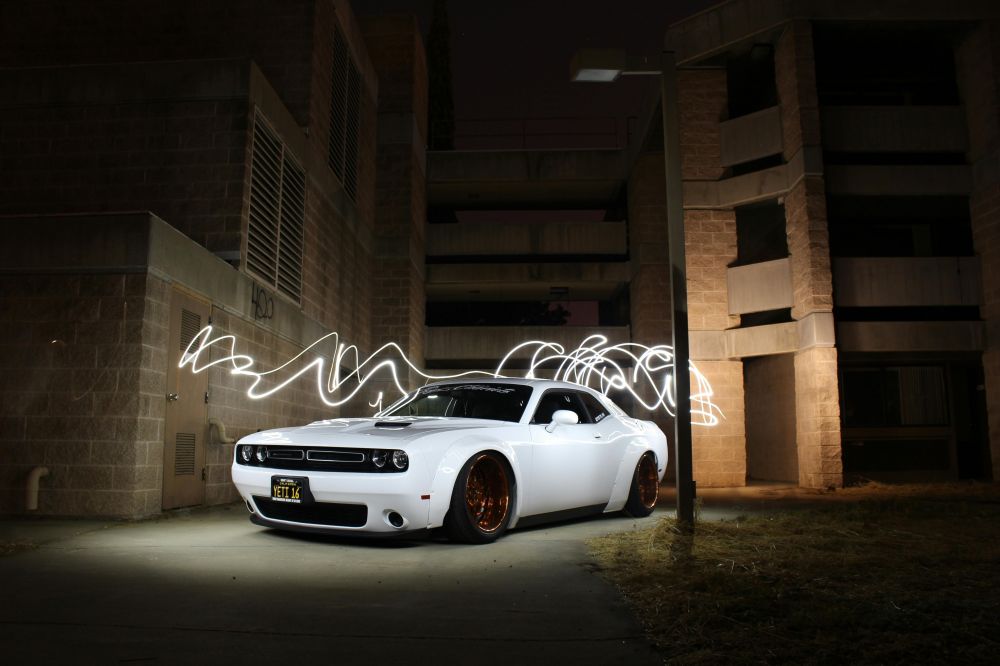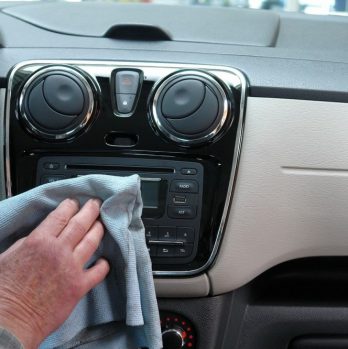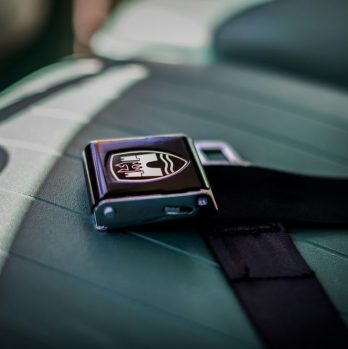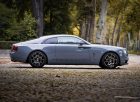Classic American Cars: A Deep Dive into Automotive Excellence

Introduction
Classic American cars hold a special place in the hearts of automotive enthusiasts around the world. These timeless machines, with their iconic designs and powerful engines, have captivated generations. In this article, we will provide a comprehensive overview of classic American cars, exploring their origins, popularity, and the unique characteristics that set them apart from other vehicles.
I. Understanding Classic American Cars

Classic American cars embody the essence of the American Dream, combining style, performance, and innovation. These vehicles were primarily manufactured between the 1920s to the 1970s, and they continue to evoke a sense of nostalgia and fascination. From their sleek lines to their roaring engines, classic American cars epitomize the golden era of automotive craftsmanship.
A. Types of Classic American Cars
Classic American cars can be categorized into several distinct types, each boasting its own unique features and characteristics. Some popular categories include muscle cars, luxury automobiles, and vintage trucks. Muscle cars, such as the Chevrolet Camaro and Ford Mustang, are known for their aggressive styling and high-performance engines. Luxury vehicles like Cadillac and Lincoln offer opulence and comfort, while vintage trucks such as the Ford F-100 evoke a sense of rugged durability.
B. Popularity and Collectibility
Classic American cars maintain a strong following and are highly sought after by collectors and enthusiasts. Their timeless designs and limited availability contribute to their allure. Certain models, such as the Ford Mustang or Chevrolet Corvette, have become cultural icons, representing the epitome of American automotive excellence. Their nostalgic appeal combined with their rarity make them highly collectible, with prices often reaching staggering amounts at auctions and private sales.
II. Quantitative Measurements of Classic American Cars
To truly comprehend the impact and significance of classic American cars, it is essential to examine some quantitative measurements.
A. Production Numbers
The production numbers of classic American cars varied across different makes and models. For instance, the Ford Model T, commonly known as the ”Tin Lizzie,” revolutionized the automotive industry with over 15 million units produced between 1908 and 1927. On the other hand, limited-production vehicles, like the Shelby Cobra, were manufactured in much smaller quantities, creating a sense of exclusivity and rarity.
B. Engine Power and Performance
One of the defining characteristics of classic American cars is their exceptional engine power. Vehicles like the Chevrolet Chevelle SS or the Pontiac GTO boasted V8 engines capable of producing impressive horsepower numbers. The drag races of the 1960s and 1970s showcased the raw power and acceleration these vehicles possessed, solidifying their status as performance icons.
III. Differentiating Classic American Cars
While classic American cars share similar overarching qualities, it is their subtle differences that set them apart.
A. Styling and Design
Each classic American car manufacturer had its distinct styling cues and design philosophy. Chevrolet vehicles often featured bold and muscular lines, while Ford models emphasized elegance and sophistication. The Chrysler Corporation, with its iconic Plymouth and Dodge brands, focused on both performance and sleek aesthetics. These subtle variations in design made each brand easily recognizable and allowed consumers to align with their preferred style.
B. Technological Advancements
Classic American cars demonstrated continuous technological advancements throughout the years. Innovative features, such as power windows, air conditioning, and cruise control, enhanced the driving experience and set the stage for future automotive developments. Some vehicles, like the Chevrolet Corvette, pushed the boundaries of engineering, introducing fiberglass bodies and independent rear suspensions.
IV. Historical Overview of Pros and Cons within Classic American Cars
Classic American cars, like any other vehicle, have their pros and cons. Understanding their historical context helps shed light on these aspects.
A. Advantages
Classic American cars were known for their powerful engines, which offered impressive acceleration and straight-line speed. Their robust construction and durable components made them reliable and long-lasting. Additionally, the abundance of aftermarket support and the availability of spare parts facilitated maintenance and restoration.
B. Disadvantages
Classic American cars were often criticized for their relatively poor fuel efficiency and large dimensions, making them less practical for everyday use. Their handling and braking capabilities, compared to modern vehicles, were not as refined due to advancements in technology over the years. Additionally, limited safety features, such as seatbelts or airbags, were a common concern.
V. Crucial Factors Influencing Car Enthusiasts’ Purchasing Decisions
When it comes to purchasing classic American cars, several factors play a pivotal role in the decision-making process.
A. Rarity and Originality
Car enthusiasts are often drawn to rare or limited-production models, as they hold a higher level of exclusivity and uniqueness. Originality, meaning the condition and authenticity of the vehicle, also plays a significant role in determining its value and desirability.
B. Brand and Model Reputation
Certain brands and models carry a strong reputation within the classic American car community. The history and heritage associated with brands like Ford, Chevrolet, and Dodge, as well as model variants like the Mustang or Camaro, influence enthusiasts’ preferences and buying decisions.
C. Condition and Restoration Potential
The condition of a classic American car, whether it is unrestored, partially restored, or fully restored, affects the overall value and appeal. Enthusiasts consider the level of restoration required, the availability of replacement parts, and the potential for customization to tailor the vehicle to their specific preferences.
Conclusion
Classic American cars occupy a special place in automotive history, capturing the imaginations of countless enthusiasts. Their timeless designs, exhilarating performance, and cultural significance continue to inspire admiration even decades after their production ceased. Understanding the intricacies of classic American cars allows us to appreciate their contributions to the automotive world and to celebrate the craftsmanship and engineering excellence that defined this golden era of American automobiles.











